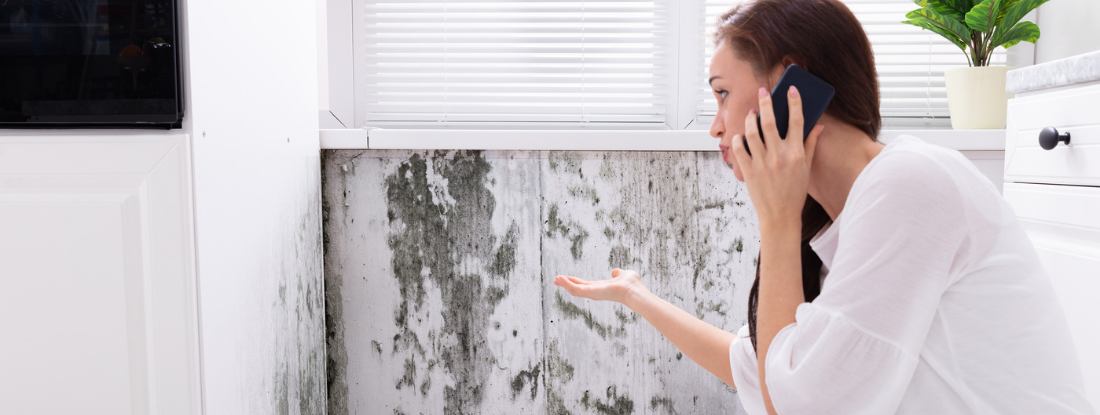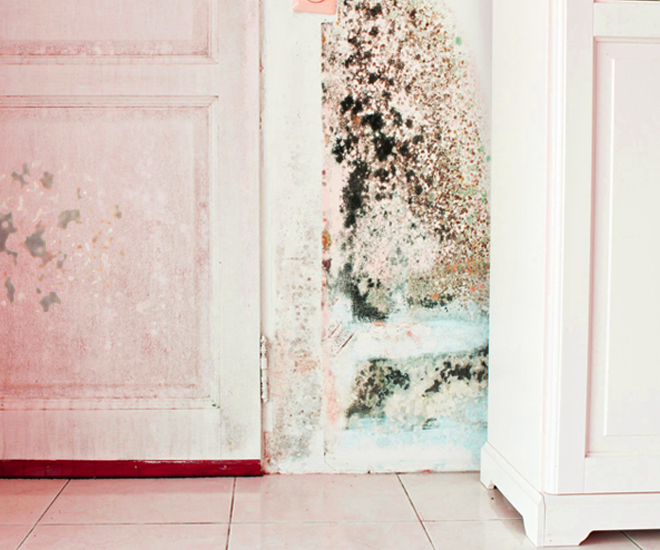After Mold Remediation Approaches for Clean Areas
Wiki Article
Your Ultimate Guide to Article Mold And Mildew Removal Techniques
In the after-effects of mold problem, understanding exactly how to efficiently eradicate the mold and mildew and avoid its reoccurrence is vital for keeping a healthy interior setting. From choosing the right cleaning and decontaminating techniques to applying strategies for long-lasting mold avoidance, each step in the removal trip plays a vital role in guaranteeing an effective end result.Recognizing Post-Mold Removal Refine
After completing the mold and mildew remediation process, it is vital to understand the post-mold remediation techniques that are required to guarantee a thorough and efficient clean-up. Once the mold and mildew has actually been eliminated, the next step involves cleaning and disinfecting the affected locations to protect against any kind of regrowth of mold and mildew. This includes using specialized cleaning agents to wipe down surfaces and eliminate any kind of staying mold and mildew spores. It is important to dry out the location totally to inhibit the development of mold in the future (After mold remediation). Appropriate ventilation and dehumidification can help in this process.
In addition, performing a final evaluation post-remediation is essential to ensure that all mold and mildew has been effectively gotten rid of. This evaluation should entail a complete visual check in addition to possibly air tasting to confirm the absence of mold and mildew spores airborne. Extra removal might be required if the examination discloses any sticking around mold. Enlightening passengers on preventive steps such as controlling moisture degrees and without delay attending to any kind of water leakages can aid maintain a mold-free environment.
Effective Cleaning and Sanitizing Approaches

Avoiding Future Mold Growth

Value of Proper Air Flow
Appropriate air flow plays a critical function in stopping wetness build-up, a crucial consider mold and mildew development within indoor settings. Effective air flow systems assist remove excess humidity from the air, minimizing the chances of mold and mildew spores finding the dampness they need to spread out and germinate. Without ample air flow, indoor areas can become a reproduction ground for mold and mildew, causing potential wellness risks and architectural damages.By making certain appropriate air blood circulation, ventilation systems can likewise aid in drying out damp areas faster after water damages or flooding occurrences, better preventing mold and mildew growth. Post Mold Remediation Report. Check Out Your URL Precede like bathrooms, cellars, attic rooms, and kitchens where wetness degrees have a tendency to be greater, mounting and keeping reliable air flow systems is crucial in avoiding mold invasions

Surveillance and Maintenance Tips
Given the important duty that correct ventilation plays in preventing mold growth, it is imperative to develop efficient monitoring and maintenance ideas to make sure the continued functionality of ventilation visit this site systems. Normal examinations of ventilation systems should be conducted to check for any type of indications of blockages, leakages, or malfunctions that might restrain correct air flow. Tracking humidity degrees within the building is likewise important, as high humidity can add to mold development. Installing a hygrometer can help track moisture levels and alert home owners to any kind of spikes that may call for interest. Furthermore, making certain that air filters are frequently cleaned up or replaced is necessary for maintaining the performance of the ventilation system. Carrying out a timetable for regular upkeep jobs, such as duct cleaning and cooling and heating system examinations, can help stop issues before they rise. By remaining mindful and proactive to the condition of ventilation systems, residential or commercial property owners can effectively minimize the risk of mold and mildew regrowth and keep a healthy and balanced interior setting.
Final Thought
Finally, post-mold remediation methods are necessary for ensuring a risk-free and clean environment. Understanding the process, applying reliable cleaning and sanitizing techniques, protecting against future mold and mildew development, keeping proper ventilation, and routine monitoring are all critical steps in the removal process. By adhering to these guidelines, you can efficiently remove mold and mildew and stop its return, promoting a healthy and balanced living or functioning room for all occupants.In the after-effects of mold invasion, understanding how to properly eradicate the mold and stop its reoccurrence is critical for preserving a healthy interior atmosphere. As soon as the mold has actually been removed, the next action involves cleansing and sanitizing the influenced areas to stop any regrowth of mold - mold removal companies near me Post Mold Remediation. After eliminating noticeable mold growth, it is vital to clean all surfaces in the afflicted location to remove any type of continuing to be mold spores. To additionally enhance mold avoidance steps, it is necessary to attend to underlying concerns that at first led to mold and mildew advancement.Offered the vital role that appropriate ventilation plays in preventing mold and mildew growth, it is essential to develop effective tracking and upkeep tips to make sure the ongoing functionality of air flow systems
Report this wiki page